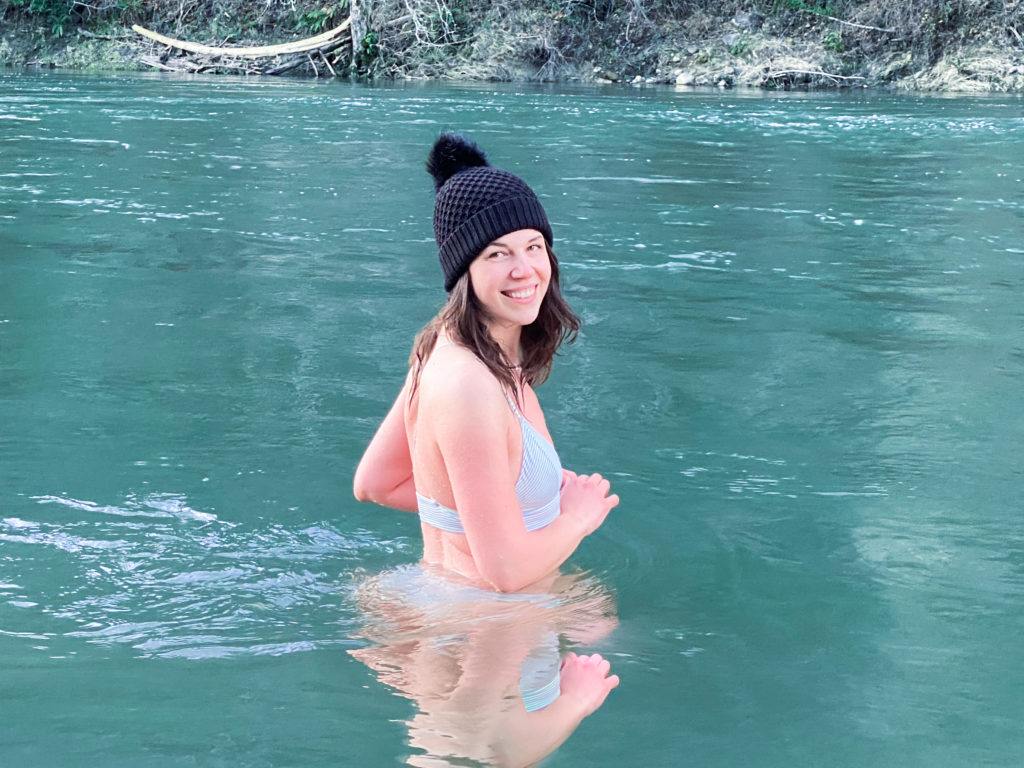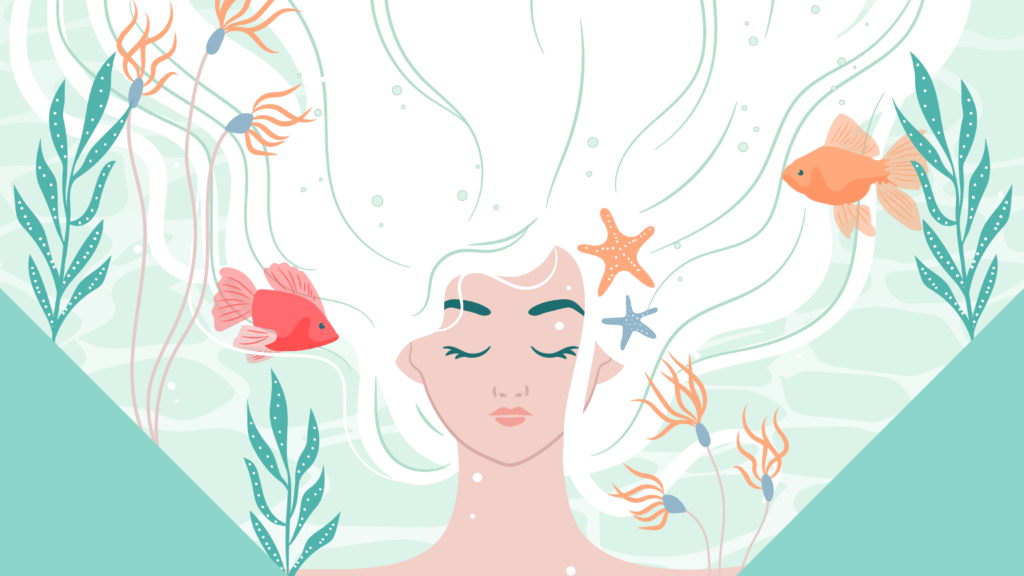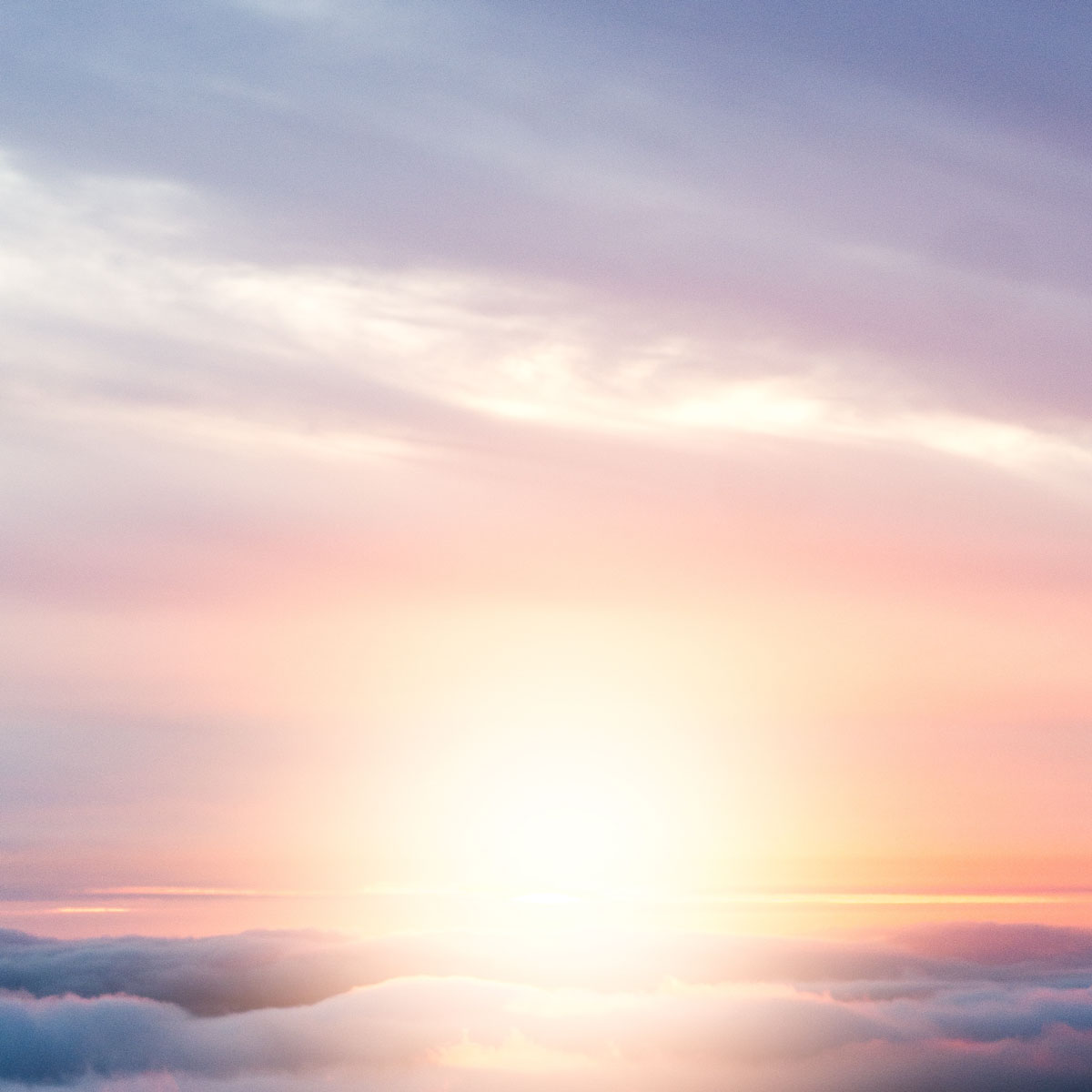Have you ever experienced messages from the universe that it’s time to try something new?
For me, that was gaining the benefits of cold exposure therapy in early December of 2021. I have known about the benefits of cold exposure for several years (I’ve even taken a handful of cold showers in the past and always liked how I felt afterwards), and recently I was getting ping after ping that I needed more consistnet cold exposure in my life. This came in the form of podcasts I was listening to, conversations with friends, a research study I was reading, and content on Instagram.
My commitment for this 30-day experiment was simple: expose myself to cold water everyday for 30 days in the form of a cold shower or bath, and stay in for at least a consecutive two minutes. That’s it.
The technical definition for cold exposure is any water less than 59oF/15oC. (When I first read that I thought No big deal….And then I was humbled by actually getting into water that cold).
What are the benefits of getting cold?
There are numerous reported benefits of cold exposure.
The gist is that by purposefully exposing yourself to a form of stress (cold) the body is able to become more adapted to stress. There is also a mental resiliency aspect of purposefully doing something so uncomfortable.
Benefits can include:
- Dopamine and norepinephrine release which can result in better focus, more energy, mental clarity, and improved mood
- Stimulates the vagus nerve which is important for nervous system function
- Increased brown fat (the good kind of fat that improves metabolism)
- Increased mitochondrial biogenesis (in other words, creating more mitochondria which are the energy makers of our cells)
- Decreased inflammation
- Improved recovery in exercise
- Improved metabolic health
- Boost certain immune cells
- Better sleep
- Increased tolerance to stress
- Stimulates blood and lymphatic flow
How do you practice cold therapy?
There are various ways to practice getting cold. These can include either partial or full immersion in cold water, cryotherapy, cold packs on the body, and spending time outdoors with minimal clothing.
Is there anyone who shouldn’t do it?
Contraindications aren’t well defined. Safety is always a consideration and key to consider especially if alone. Hypothermia (body temperature dropping below 95oF) is a risk and if outdoors can lead to drowning, as well as frostbite and after drop. Signs of hypothermia include increased respiration, confusion, slow speech, shivering, and drowsiness. This can be avoided by using caution and doing your research before getting started. Hypothermia is highly unlikely with home cold practices.
I would recommend using caution if you have a cardiac arrhythmia because the cold shock can induce increased heart rate and breathing patterns, uncontrolled blood pressure, caution with a thyroid condition like uncontrolled hypothyroidism, poor sensation in the skin where it could be difficult to perceive cold sensation, and autoimmunity that involves Raynaud’s phenomenon. Essentially any condition where it’s very difficult to re-warm after getting cool. I know people who practice cold exposure with these conditions, however, they start would with a warmer level of cool, have gradually practiced over time, and are under the supervision of a medical professional.
My experience with cold exposure:

I exposed myself to cold water everyday for 30 days, including two outdoor dips in icy cold rivers. My conclusion is I got more benefit from this experiment than I ever could have predicted, and I absolutely loved it. I plan to continue with daily cold exposure.
I was humbled when I got into a 50 degree bathtub thinking it would be a breeze given my history with regular meditation and breath work, and I immediately started to hyperventilate and leapt out of the tub after less than 30 seconds… It got better after that.
I found that I like the cold bath/plunge more than a cold shower. It was easier to connect with my breath in the tub, and I found the feeling of cold water pelting me in the shower overwhelming. I did notice that my hair never looked better than washing in very cold water, however I’ve gone back to hot showers for hair washing and will continue getting cold in other ways.
The first week I experienced fatigue and grogginess after my showers, possibly from the norepinephrine release or I suspect a possible cleansing reaction from the big shift in blood and lymph flow. It went away after the first five exposures.
Overall benefits after a month:
- Higher energy that stays consistent throughout the day
- Feeling more creative
- More upbeat mood
- No more feelings of inflammation in my body
- Quick recovery from my workouts
- Deeper sleep
- Overall feeling of ease and calm
- Warmer throughout the day
Cold exposure is difficult and every time my feet step into my cold bathtub, my brain still begs me to get out. However, the benefits have been so undeniable, I keep pushing through and am always glad that I did.
To read a log of my 30 day experiment, you can find that here on the blog.
Conclusion
Given both the emerging research demonstrating the benefits of regular cold exposure and my personal experience, I think cold therapy could be one of the simplest, least expensive, and useful modalities for an array of health conditions. I would consider it for any inflammatory condition, metabolic syndrome, chronic fatigue, depression, ADHD, and anxiety.


